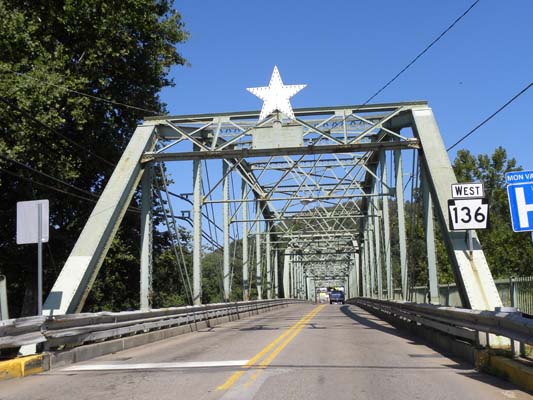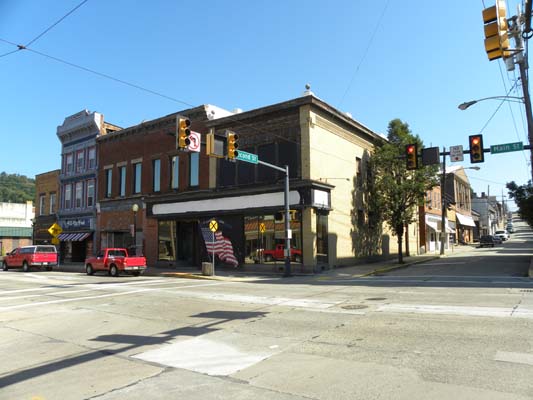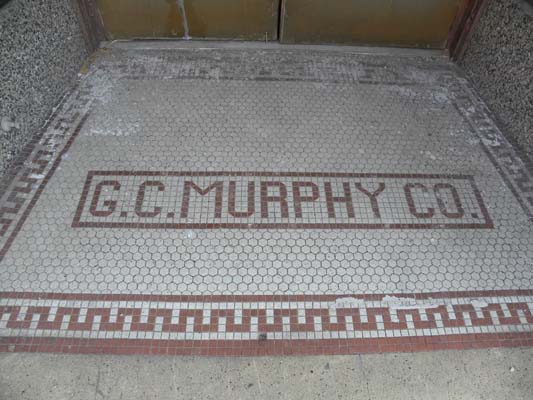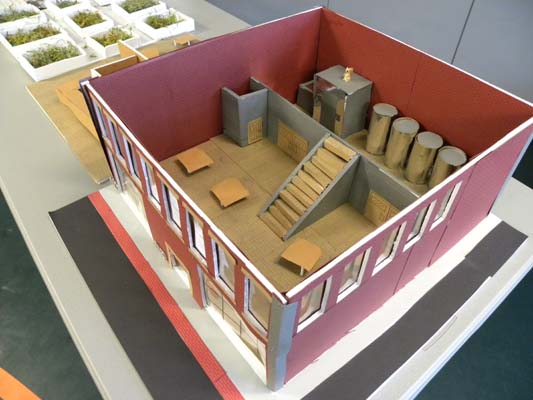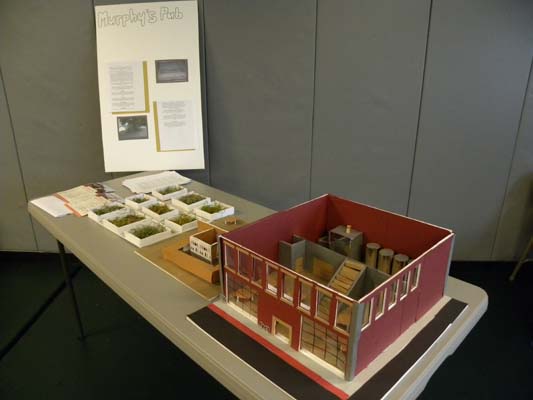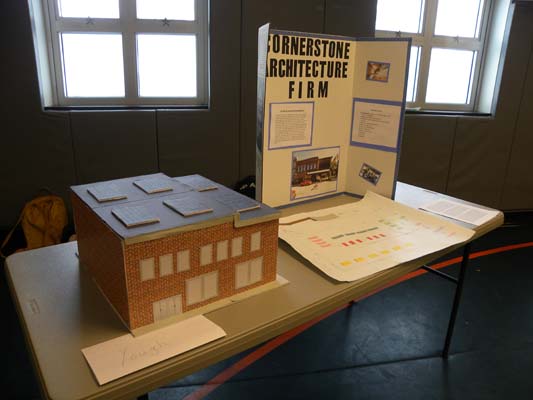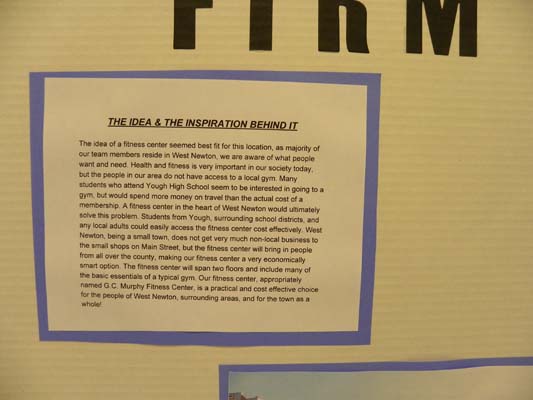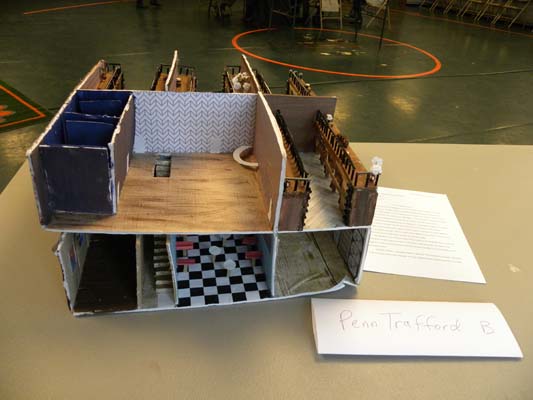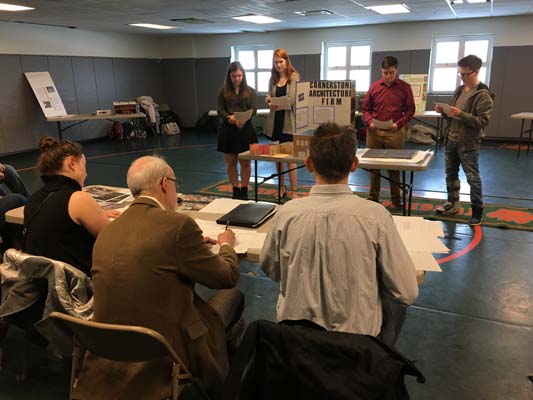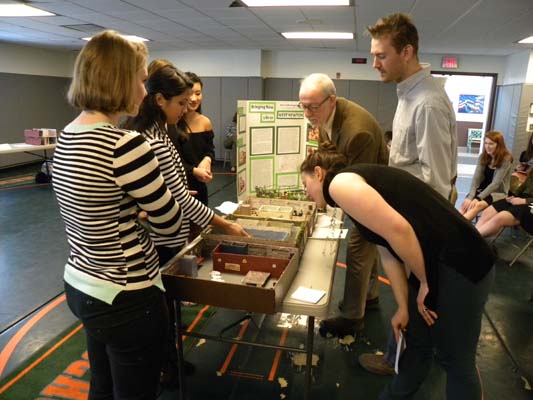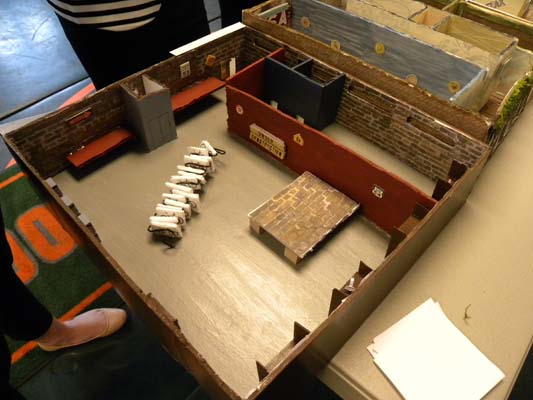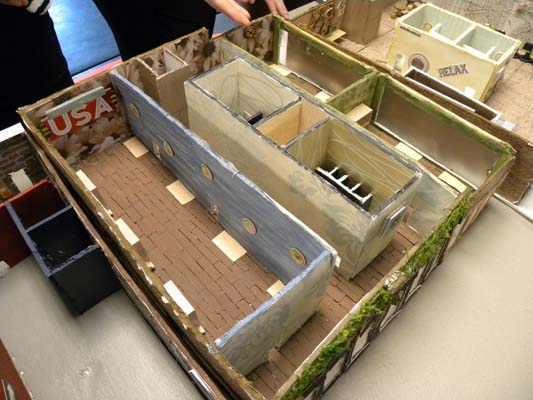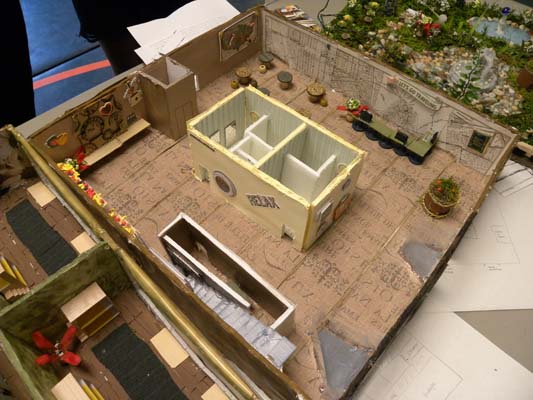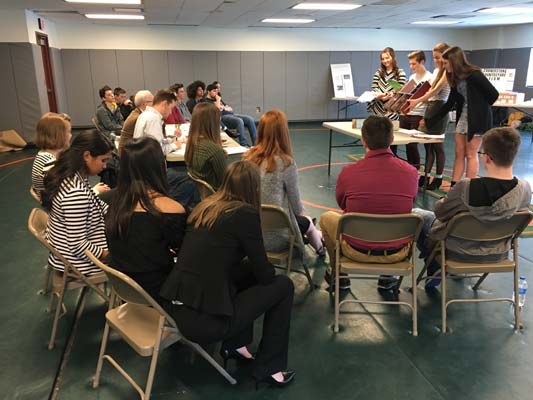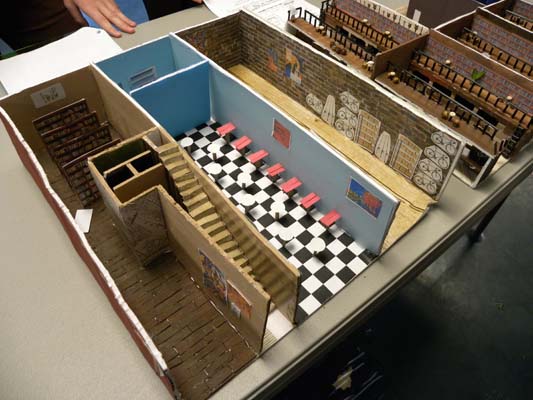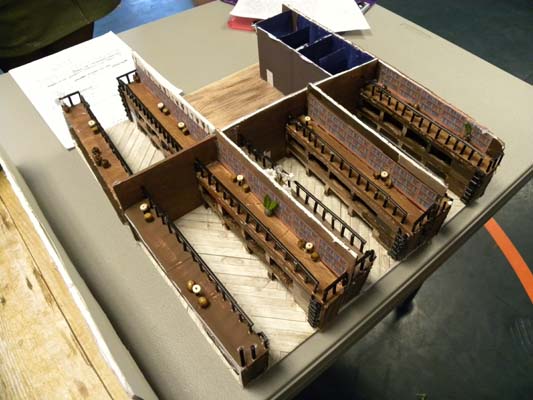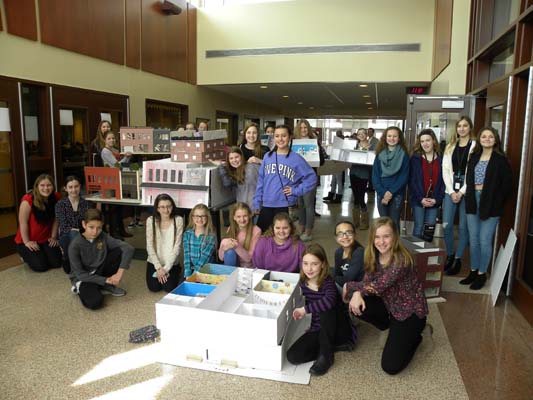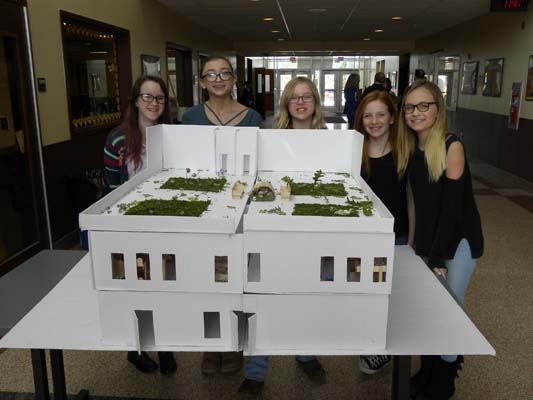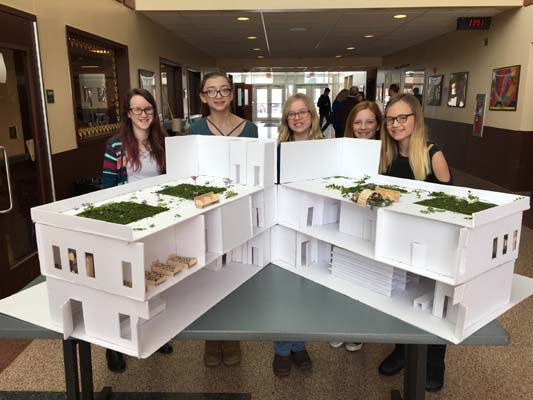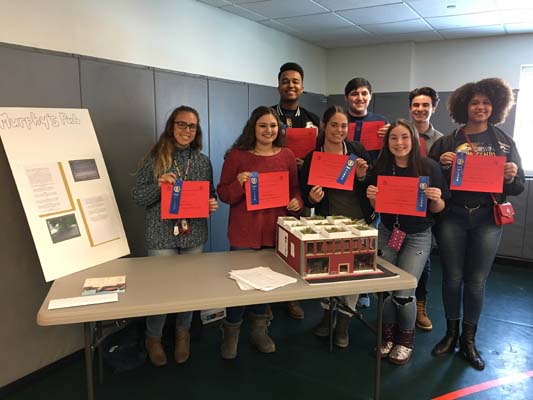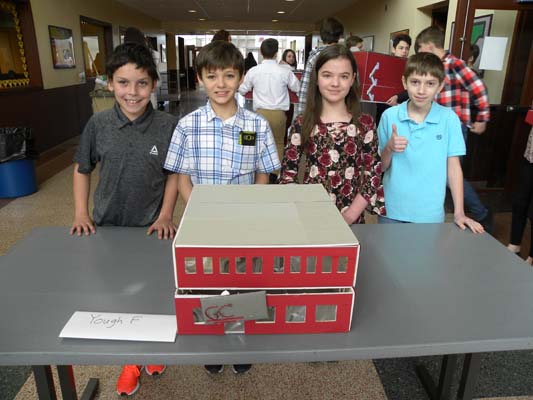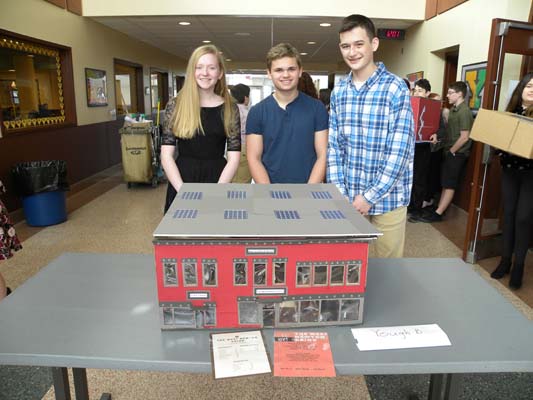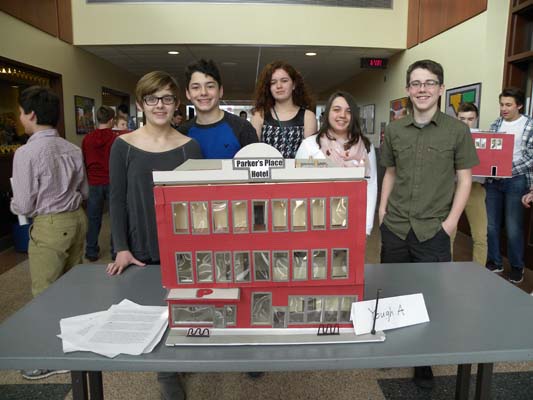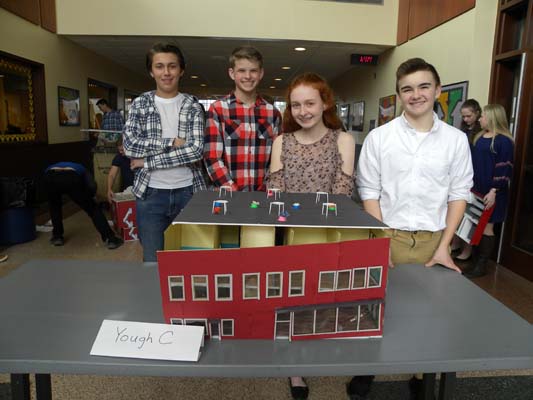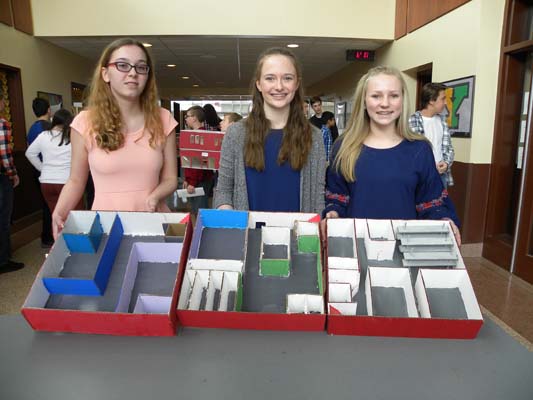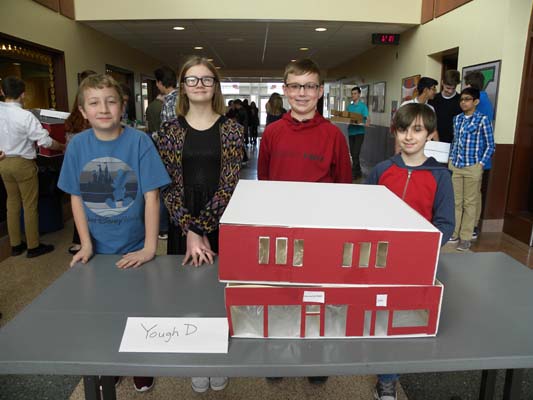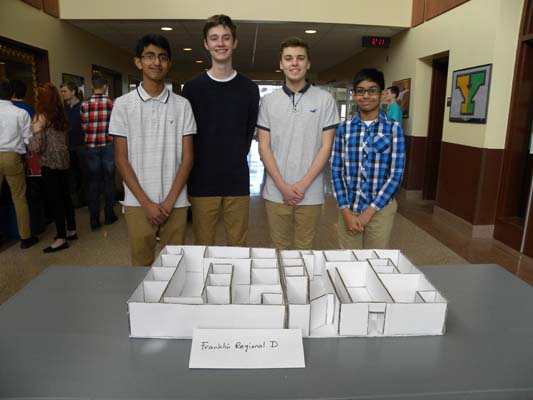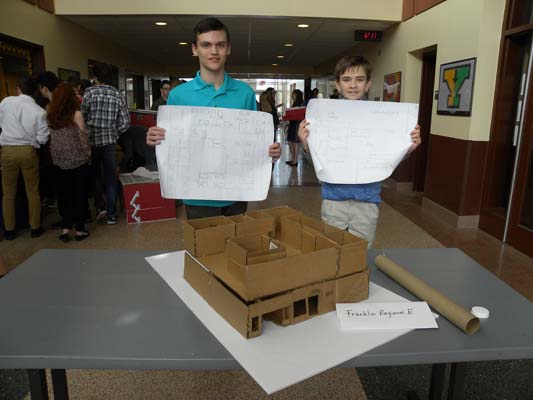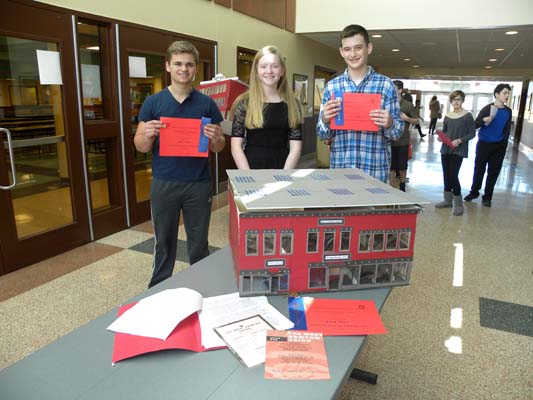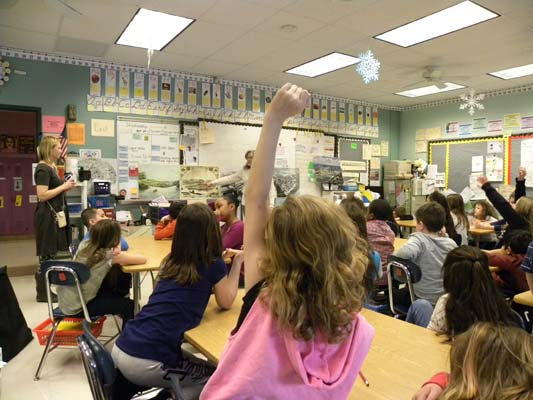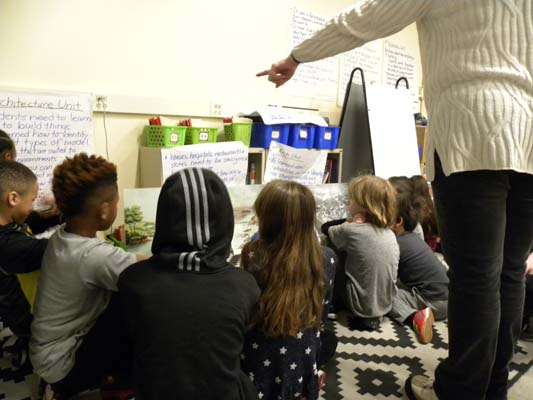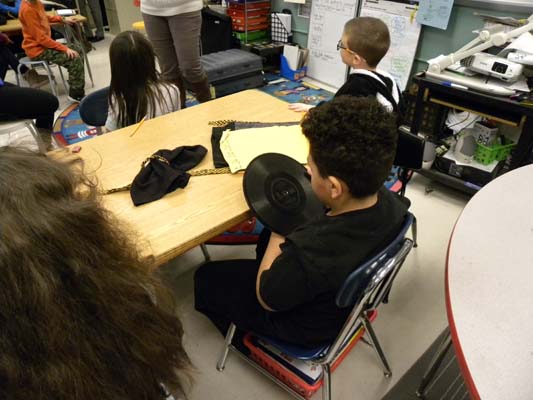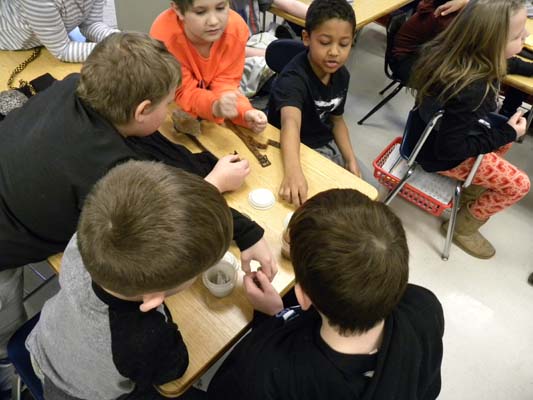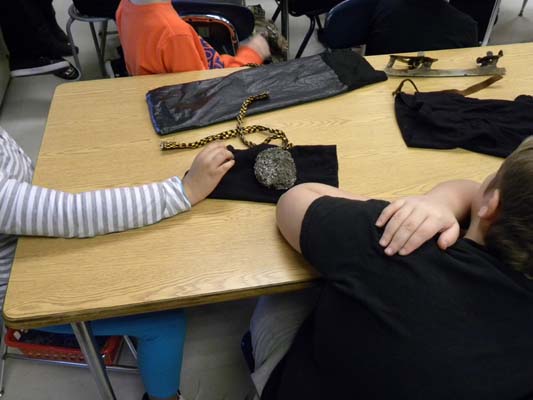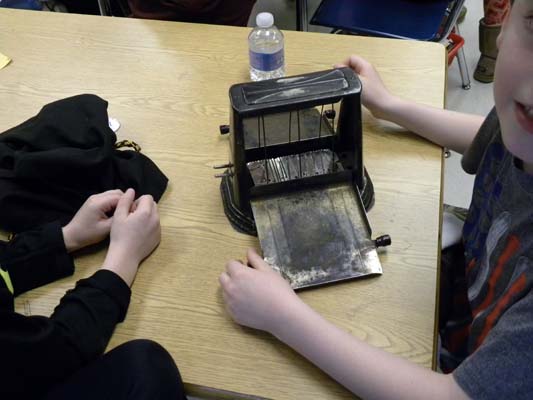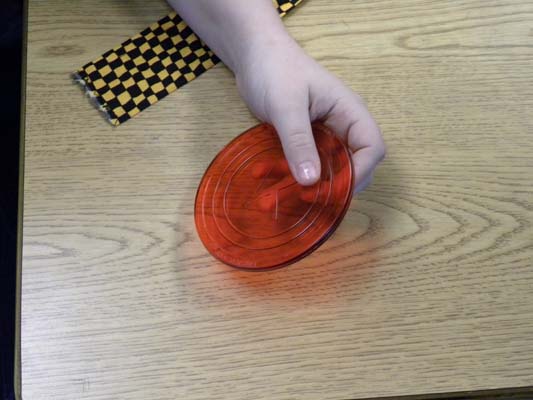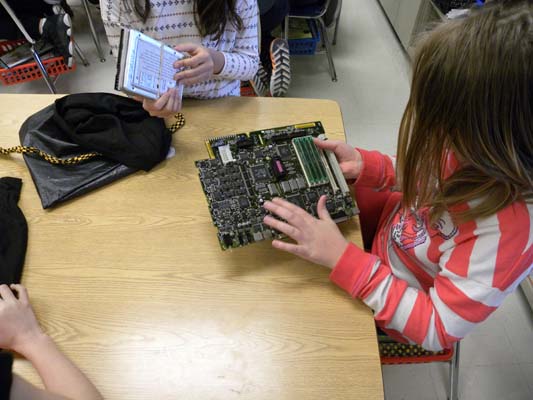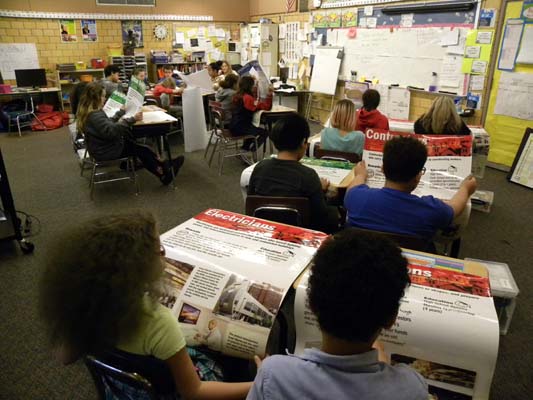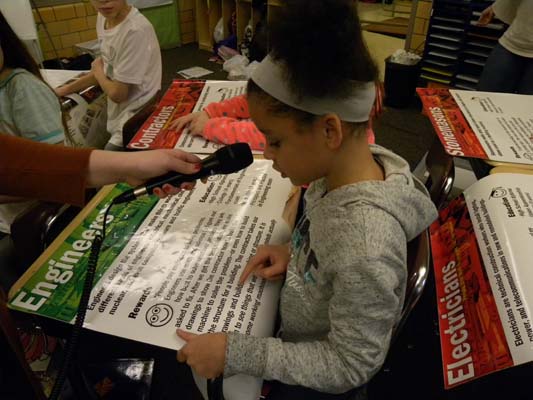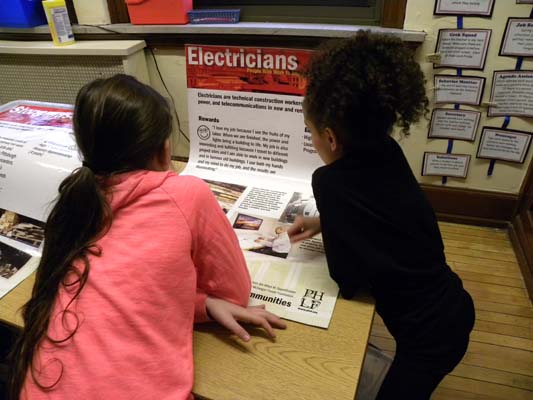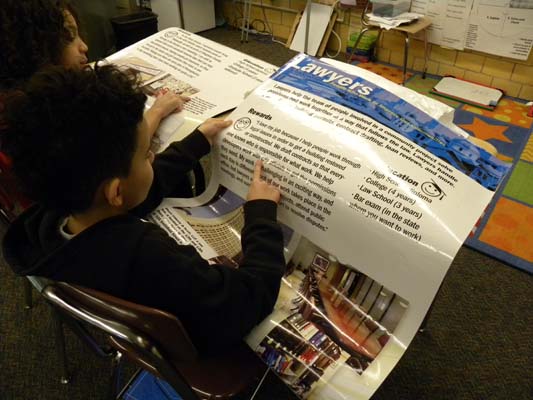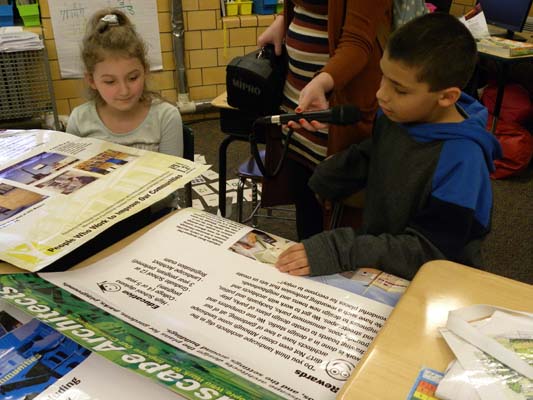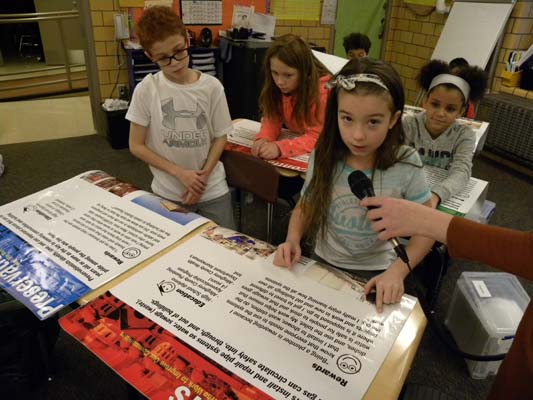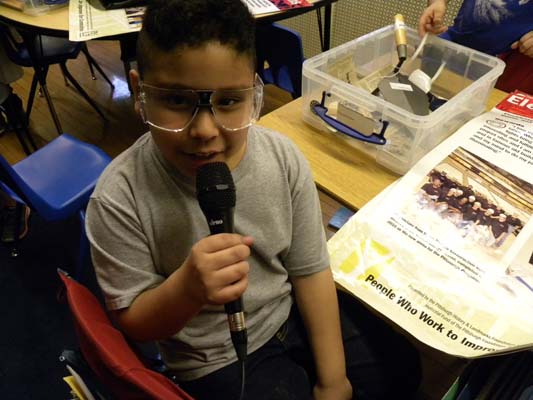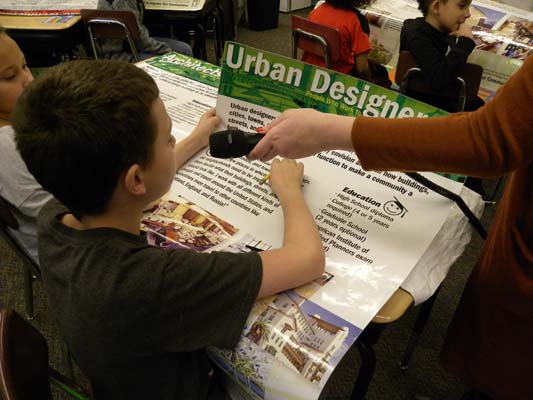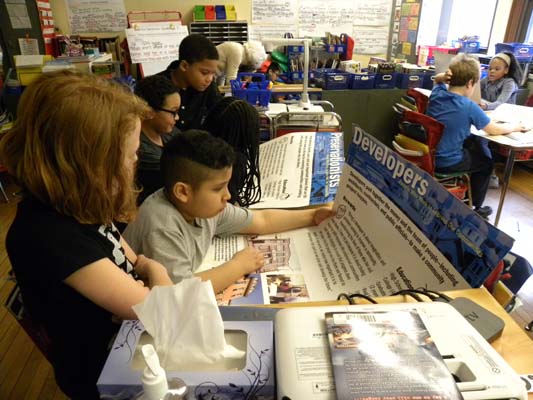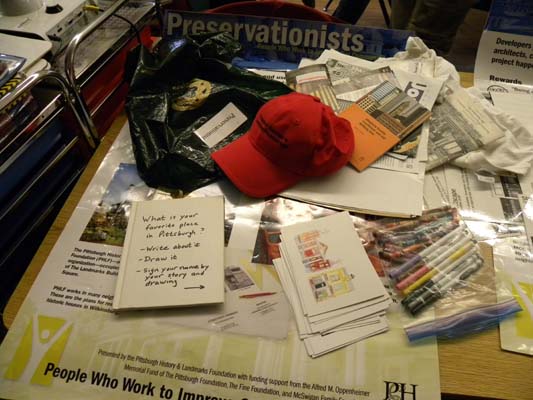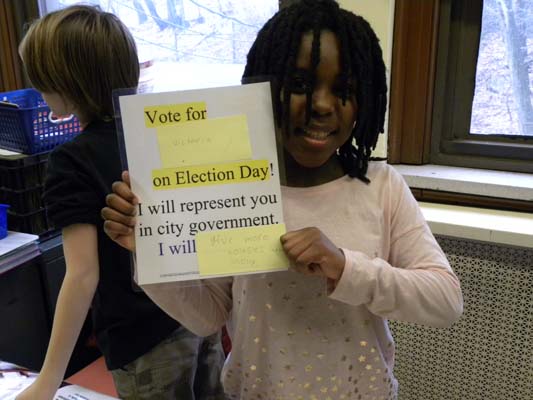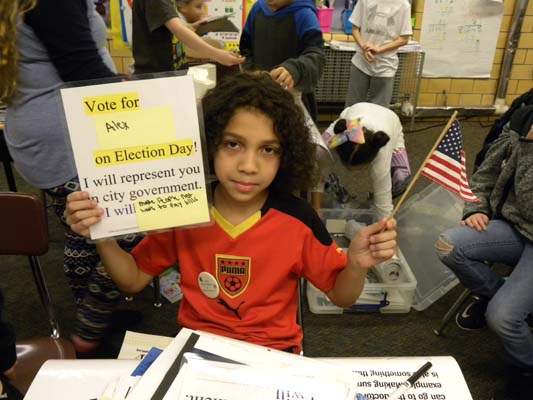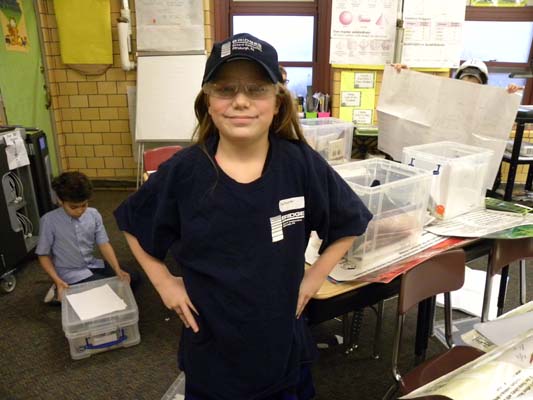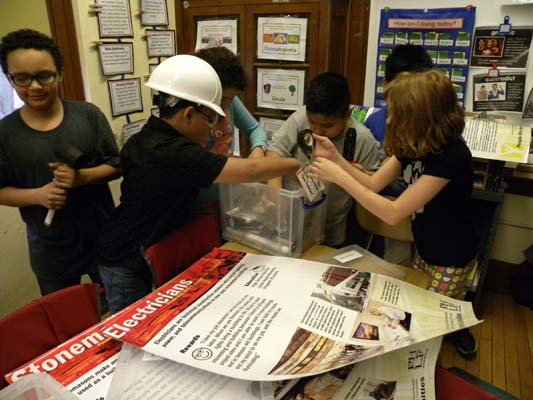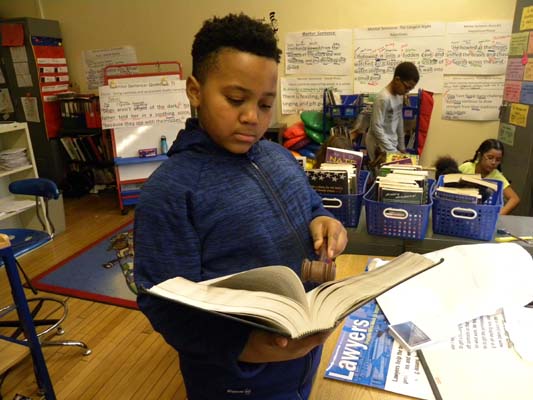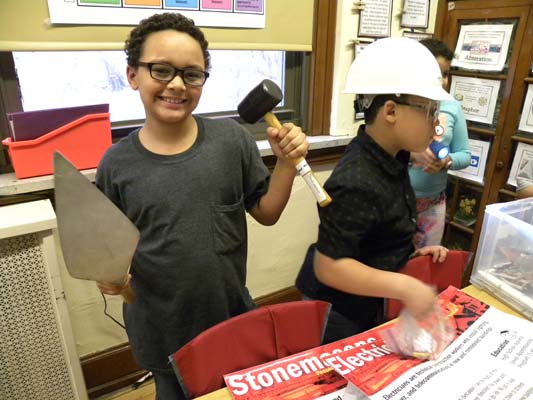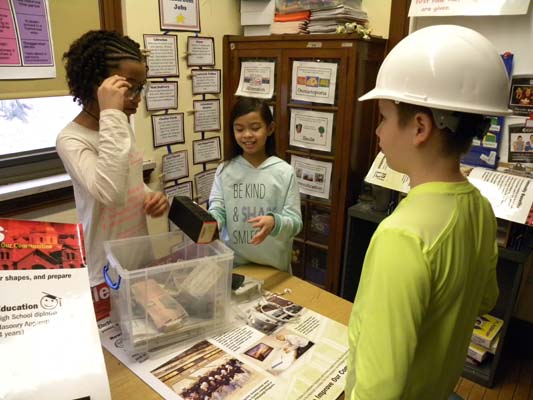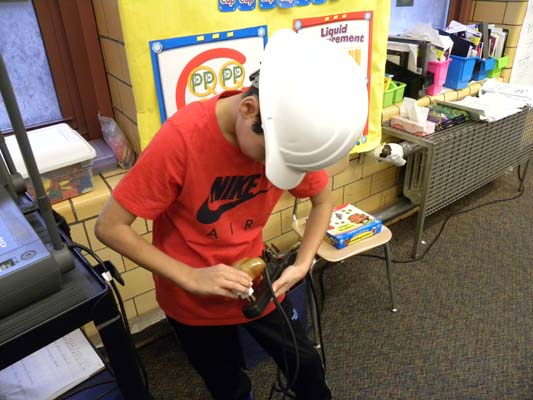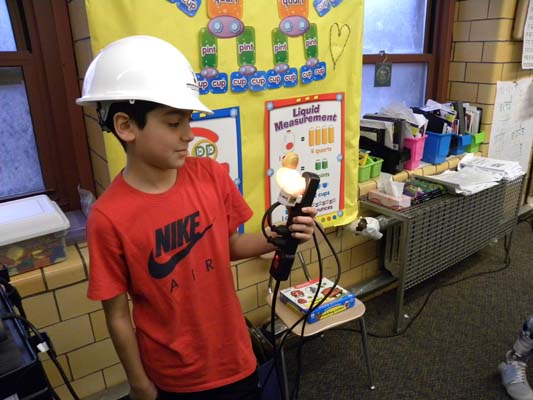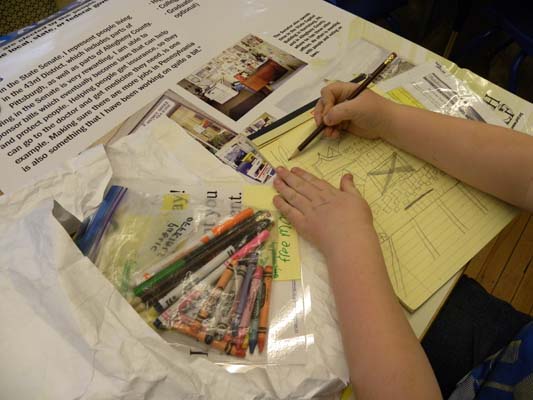
Latest News
-
Guided Tours of Historic Oakmont Country Club
Few golf courses in the world have the fabled history of Oakmont Country Club, a National Historic Landmark and host of nineteen major championships to date. Now, you can join the Oakmont Archives Committee on a walk through the historic golf course and clubhouse, and enjoy a one-of-a-kind tour.
The Oakmont Archives Committee offers tours of Oakmont Country Club on the following Monday mornings, from 8:45 a.m. to 10:30 a.m.:
- April 9 and 23
- May 7 and 21
- June 4 and 18
- July 9 and 23
- August 6 and 20
- September 10 and 24
- October 8 and 22
- November 5 and 19
- December 3 and 17
Tour participants will be guided through the handsomely preserved 115-year-old clubhouse by one of Oakmont’s golf historians. Learn about the founding of the club, and the family that made it possible. A stroll through History Hall showcases the history of the US Open at Oakmont, with historic photographs and beautifully crafted cases housing memorabilia and championship artifacts. Gaze upon the club’s collection of USGA trophies and see the original men’s locker room.
Weather permitting, guests will tour the historic “inland links” golf course and see the extraordinary vistas, narrow fairways, and treacherous sand bunkers, including the iconic “Church Pew” bunker. Guests will also have the opportunity to test their putting skills on Oakmont’s world-renowned putting surfaces.
The tour ends at the Oakmont Professional Shop, where participants may browse through a wonderful selection of apparel, equipment, and memorabilia only available at Oakmont.
Tour Details:
- The Monday tours are free. Donations are welcome, with the proceeds going to the Fownes Foundation.
- Each tour date is limited to fifteen participants. Disabled access is available.
- Advance reservations are required! For reservations, contact Oakmont Country Club: 412-828-8000.
- All tour participants must arrive at the club by 8:45 a.m. on their tour date.
- Light refreshments will be provided by the club.
- Casual attire and comfortable shoes are encouraged, but please NO JEANS OR DENIM.
- Photography is welcome.
- For further information about the tours, contact the Oakmont Archives Committee: 412-828-8000, ext. 257 or archives@gmail.com.
-
Student Presentations on Former G. C. Murphy’s Building
I was able to experience changing my community. ––Middle School participant
The Architectural Design Challenge is my favorite gifted competition because of the creativity. ––High School participant
Nineteen middle school teams and four high school teams from Westmoreland County Schools presented their models and spoke passionately about their plans for reusing two vacant buildings in West Newton during PHLF’s 22nd annual Architectural Design Challenge on March 22 and 23. The historic buildings, at 123-127 East Main Street, were formerly occupied by the G. C. Murphy Company.
We thank Yough Intermediate Middle School for hosting the final presentations and the following people for volunteering their time to comment on and judge the student projects: historian Mike Cahall; Angelica Ciranni (Green Building Alliance); Kelley Folts (Canon Design); Roger Hartung (IKM); urban designer Nicole Kubas; retired teacher Jan Mori; Jessica Stuck (PWWG); architect Paul Tellers; James Washabaugh (Engine 30 Architecture); and Samantha Weaver (CMU School of Architecture). For the first time, one of the judges––Kelley Folts––was a former design challenge participant while a Franklin Regional student in sixth through twelfth grades!
Many of the student teams showed how the buildings could be adapted as a youth hostel, which was the program suggested because of the proximity of the buildings to the Great Allegheny Passage bike path. For example, Franklin Regional Middle School (Team A) proposed an:
Art Deco-themed youth hostel and diner … . The re-design of this once-flourishing G. C. Murphy Building complements West Newton’s past and the building’s past and paves the way for the rehabilitation of the energy and vigor of downtown West Newton. Our design includes a youth hostel, a diner, a bike storage room, a rooftop lounge, and various other necessities. A goal of our building is to be as green as possible. … However, the main goal of our design is to attract more people into West Newton, especially downtown West Newton, and to make it more energized.
Other teams suggested that the buildings be adapted for use as:
- A fitness center and juice bar
- Parker’s Place, a hotel and café (named for the distinctive Parker-truss bridge in West Newton)
- Vinoski Winery and Riverbank Bed and Breakfast
- PetNet (a pet store) and the Come-and-Go Hostel
Each team created mixed-uses for the buildings that would serve the West Newton community year-round, as well as people biking on the trail. The models were well constructed and incorporated green building and handicap accessible features. Several teams surveyed the West Newton community to determine the best uses for the buildings; many teams researched the history of the community and incorporated historical themes into the new uses they proposed; one team spoke directly with Bill Callahan, Western PA Community Preservation Coordinator, to find out exactly what it meant to be located in a National-Register-eligible Historic District.
“We were tremendously impressed with the amount of research and time the students spent on this Architectural Design Challenge,” said Louise Sturgess, Executive Director of PHLF. “All the students spoke eloquently about their concepts and impressed and inspired us.”
The award recipients on March 22 were:
High Schools:
- Monessen: First Place
- Penn-Trafford (Team A): Second Place; Student Award
- Penn Trafford (Team B): Third Place
- Yough: Honorable Mention; Penguin Award (most important lesson learned from taking a risk)
Middle Schools:
- Greensburg (Team B): First Place; Student Award
- Penn (Team A): Second Place
- Trafford (Team B): Third Place
- Greensburg (Team C): Honorable Mention
- Trafford (Team C): Penguin Award (most important lesson learned from taking a risk)
The award recipients on March 23 were:
Middle Schools:
- Yough (Team B): First Place
- Yough (Team C): Second Place
- Franklin Regional (Team C): Third Place
- Franklin Regional (Team D): Honorable Mention
- Yough (Team A): Honorable Mention; Student Award
We thank everyone for participating and are grateful to the community of West Newton for their support and enthusiastic welcome. PHLF is able to host this Architectural Design Challenge, and many other place-based educational programs, thanks to generous funding support from the McSwigan Family Foundation.
PHLF hopes to involve middle and high school student teams in suggesting new uses for the roundhouse on the Hazelwood Green site in Pittsburgh during its 23rd annual Architectural Design Challenge that will begin in the Fall of 2018.
-
“The Pittsburgh That Stays Within You” Is Available from PHLF
The teachers have asked me to pass along their positive reviews and their request to secure a class set of 30 books. ––Erica Guadalupe, Secondary Literacy Coordinator, McKeesport Area School District
The book was given to our Board members to be a constant reminder of how important the history of the great city of Pittsburgh is and the many experiences enjoyed. The book is truly an inspiration to maintain this history and to remain committed to preserving it. ––Sandra Pack, President, Allegheny Historic Preservation Society, Inc.
Thanks to a generous grant from The H. Glenn Sample Jr. MD Memorial Foundation, PHLF has copies of The Pittsburgh That Stays Within You, by Samuel Hazo, to distribute to educational institutions, libraries, historical sites, and nonprofit organizations. A distinguished poet, author, and professor, Mr. Hazo was the founder and director of the International Poetry Forum in Pittsburgh from 1966 to 2009. This collector’s edition includes five essays by Samuel Hazo, written in 1986, 1992, 1998, 2003, and 2017, and photographs by 16-year-old Paige Crawley.
Following the book’s release in the Fall of 2017, PHLF has distributed more than 750 books to more than 35 organizations, including the Carnegie Libraries of Pittsburgh, Allegheny County libraries, regional university libraries, public and parochial schools, community development professionals, the City of Pittsburgh, and Allegheny County Bar Association.
Please contact Louise Sturgess, PHLF’s Executive Director, with your request if you are interested in receiving books to use for educational purposes: louise@phlf.org; 412-471-5808, ext. 536. We are happy to honor requests while supplies last.
-
Participate in “South Side Voices” Oral-History Project on March 18
Share your story about an East Carson Street building on Pittsburgh’s South Side by participating in “South Side Voices: Stories on Carson” on Sunday, March 18. Stop by anytime between Noon and 4:00 p.m. at the Carnegie Library of Pittsburgh, South Side (2205 East Carson Street). Bring old photos or other memorabilia, if you like, and talk about your experiences or family connections with buildings on East Carson Street.
South Side Community Council and Carnegie Library of Pittsburgh––South Side––are collecting stories about East Carson Street to celebrate the 25th anniversary of the East Carson Street City Historic District. Graduate students from Duquesne University are facilitating the interviewing process, and the stories will be accessible digitally.
Louise Sturgess, PHLF’s executive director, participated in the February 18 oral-history recording session due to her personal and professional connections with East Carson Street. Her great-great grandfather, John Henry Sorg, built 1805 East Carson Street, where Fat Heads Saloon is located; her grandmother grew up at 1813 East Carson Street; and she and PHLF docents involved several thousand school children in tours and special events along East Carson Street during the South Side Neighborhood Assistance Program from 1998 to 2007. Prior to that, PHLF initiated a community restoration program on East Carson Street in 1968, and awarded loans over the years to help fund the restoration and reuse of several historic East Carson Street buildings. Although not updated recently, PHLF’s “Spotlight on Main Street” website provides a wealth of information on East Carson Street buildings and on our educational programs with South Side area students.
If you are not able to attend the March 18 event but would still like to participate, then e-mail southsidevoices@southsidecommunitycouncil.org to schedule a date to be interviewed. Please share your South Side story.
-
Dollar Bank Contributes to PHLF’s EITC Program: “Building Pride/Building Character”
“We are grateful to Dollar Bank,” said PHLF President Arthur Ziegler, “for generously contributing to us through the state’s Educational Improvement Tax Credit (EITC) program,” which underwrites the participation of approximately ten Pittsburgh Public Schools in our “Building Pride/Building Character” program of field trips and in-school presentations.
Karen Cahall, PHLF’s education coordinator, recently presented “Portable Pittsburgh” to third-graders at seven Pittsburgh Public Schools. Louise Sturgess and PHLF docents joined Karen in presenting a career awareness program to fourth-graders at two schools in February, with more presentations scheduled in March and April. Fifth-grade students from three schools have taken part in “Poetry and Art workshops” with field trips to Carnegie Mellon University or Chatham Village on Mt. Washington, and students from four more schools hope to participate in workshops in March. In May and June, PHLF’s “Building Pride/Building Character” program will wrap up with third-grade students exploring downtown Pittsburgh and the Strip District.
“Whether we are walking with students through the woods to a historic house that was a stop on the Underground Railroad, or putting a series of photos in chronological order to show Pittsburgh’s physical development, or reading posters and pretending to be a developer, lawyer, banker, small business owner, or carpenter, our goal is to extend classroom learning into the built environment so students begin to appreciate and care for their hometown,” said Executive Director Louise Sturgess.
Below is a series of recent photos of our Portable Pittsburgh and career awareness programs.
-
The Environment for Amazon in Pittsburgh
By Arthur Ziegler
Pittsburgh is one of the 20 cities in North America that was recently selected out of a pool of 238 cities vying to land Amazon.com Inc.’s second headquarters, known as HQ2. Many cities, large and small, believe that Amazon will have a tremendous economic impact in their cities and regions, and so the competition is stiff.
I don’t know the details of what Pittsburgh or any other city proposed as an offer to entice Amazon, other than the idea that many cities have offered lots of money in the form of subsidies, but I know that we in Pittsburgh could offer Amazon something that not many cities may be in a position to—our city’s historic built environment.
In April 2016, I attended a symposium held by the Pittsburgh Parks Conservancy at the University of Pittsburgh to discuss some of the challenges Pittsburgh will encounter as we build and grow for a new generation of entrepreneurs. A keynote presenter at that symposium was Paul Graham, a venture capitalist and a former Pittsburgher, now based in the San Francisco tech-world.
I was particularly interested in his thoughts on how to grow Pittsburgh as a tech hub and how it may do that through understanding the needs and desires of millennials and how tech leaders think about them. Key among the things that they desire, he said, is the authenticity that historic buildings and neighborhoods bring to establishing sense of place and identity.
“So here is another piece of evidence for becoming a start-up hub: don’t destroy the buildings that are bringing people here. When cities are on the way back up like Pittsburgh is now, developers race to tear down the old buildings. Don’t let that happen. Focus on historic preservation. Big real estate development projects are not what’s bringing the twenty-somethings here…they subtract personality from the city. The empirical evidence suggests you cannot be too strict about historic preservation. The tougher cities are about it, the better they seem to do.”
Paul Graham is right. One of the biggest advantages that Pittsburgh can offer Amazon, in addition to the various incentives already proposed, is the history and authenticity of our city and its rich architectural landscape. For example, Pittsburgh can provide ample office space in our historic buildings in Downtown where we would welcome Amazon as a new major corporate citizen.
We have a collection of historic and handsome buildings on Fourth Avenue and Wood Street, in Downtown, for example. They are in partial service now or restoration is about to be underway, but possibly the owners would be interested in finding a way to go together and welcome Amazon. They include the handsome Arrott Building, the Investment Building, the partially filled Union National Bank (The Carlyle) Building, the Commonwealth Building, and the Bank Tower Building. While these are separate buildings, they could be tied together with skywalks such as was done years ago for Kaufmann’s and for Point Park University.
Not only would we generate a reuse and restoration of all these significant buildings but also we would be offering a location in the midst of a growing high quality university campus that offers courses from business to theatre to dance to journalism. These buildings would also offer a variety of spaces for open floor plans like WeWorks, private areas, and a variety of conference areas. Adjoining these are a variety of restaurants and bars. A block away is Market Square with its varied activities, summer market, and Christmas market.
Other options? Sure. There is the yet-to-be-filled former Kaufmann’s Department Store. The neighboring Union Trust and Frick buildings have space available. All are handsome, significant buildings.
And if not Amazon, why not band together to market these important assets that we have to other corporations to further revitalize our Downtown, our well known core area that is constantly praised by visitors for its significant architecture.
This is also a time to ask: what other firms out there might consider our good city and its historic buildings?
Arthur Ziegler is the president of the Pittsburgh History & Landmarks Foundation (PHLF). He can be reached at apz@phlf.org or 412-471-5808.
-
Feature: Albion Bindley, Architect/Builder
By Albert M. Tannler
Historical Collections Director
Pittsburgh History & Landmarks Foundation
Shadyside Commons apartments, formerly Bindley Hardware Company, 401 Amberson Avenue, Shadyside, 1903.
Architect/builder Albion Bindley (February 5, 1851-March 10, 1904) was the youngest of three brothers. Edwin Bindley (1842-1906) and John Bindley (1846-1921) were his older brothers.[1]
Although the family was English, their primary American ancestor was John Cooper Bindley (1808-1881) who emigrated from England to Pittsburgh in 1829.
John Cooper Bindley [was] born during his father’s residence in America, at Williamsport, [Pa.] in 1808, was educated in the famous English school of Professor Cross, returned to America, and after a few years in the Eastern states removed to Pittsburgh, Pa., and became a contractor and builder, conducting his business with that astuteness that was so characteristic of those pioneers of that manufacturing city. He was also an architect, which materially facilitated his operations as contractor and builder. He, as his own affairs broadened and prospered, became interested in those of the people and of the city in general. He was first of all loyal to his trade and profession, and in this he had the cooperation of his clients and, more important still, that of his subordinates in his various constructive operations. He became interested in the banking institutions of Pittsburgh almost as soon as he began to build houses and other structures, and was early a trustee of the Dollar Savings Bank, remaining in this capacity until his death.[2]
John Cooper Bindley had three sons who became prominent in Pittsburgh––Edwin, John, and Albion. Albion had married Sarah L. Slocom on June 5, 1889, in Allegheny, Pa. In 1900 they had a son, Albion, Jr., 10, and a daughter, Almira, 8.
All three brothers were involved with the Bindley Hardware Company, established in Pittsburgh in 1901. Albion designed and constructed the Bindley Hardware Company headquarters, 401 Amberson Avenue, Shadyside, erected in 1903; Edwin was the vice-president and John the president of Bindley Hardware. John also served as president of the National Hardware Association.
[John] Bindley chose to erect a new wholesale facility that provided direct access to the railroads, and to the road systems, and which would serve as an example of the efficiencies which he assumed would come from the business combine. The new building was begun within six months of the collapse of negotiations for the combine, and made the Bindley Hardware Company . . . “the largest of its kind in Pittsburgh,” while its railroad siding and access to the vast trackage of the Pennsylvania Railroad made its “facilities for handling goods, unexcelled by those of any other hardware house in the country.”[3]
The Nomination Form notes:
The new building was erected by Albion Bindley, youngest of the three brothers, who had taken over the architectural and construction business of their father. Though conservative in style as industrial buildings tend to be, it is architecturally imposing, as it merged the materials and colors with the larger scale classicism of the turn of the century, that in turn recalled the mass and architectionic effect of Henry Hobson Richardson’s great courthouse. Though the warehouse is architecturally impressive, Albion Bindley’s real task was to create a building that would function as an extension of John Bindley’s vision of an integrated industrial storage, sales and shipment facility not unlike the contemporary Sears, Roebuck & Co. of Chicago for housewares and dry goods.[4]
The Bindley Hardware Company was placed on the National Register on June 24, 1985.
Selected Buildings:
William M. Johnston, four-story frame dwelling, Francis street between Wylie and Center avenues. Builder, Albion Bindley. Architecture and Building: A Journal of Investment and Construction. Building (News Supplement) VIII: no. 23, 1888: 180.[5]
Shadyside Commons apartments, formerly Bindley Hardware Company, 401 Amberson Avenue, Shadyside, 1903.
Bibliography:
John W. Jordan, ed., Encyclopedia of Pennsylvania Biography, Vol. II. New York: 1917:49-57.
John Bindley obituary, New York Times, 17 December 1921: 13.
Fleming, George Thomas. “Men Widely Famed: John Bindley,” History of Pittsburgh and Environs, from Prehistoric Days to the Beginning of the American Revolution, Vol. 3 (1922): 870-872.
Pittsburgh Board of Trade. The East End. 1907: 41.
Ancestry.com—Pennsylvania County Marriages, 1845-1963/1900 United States Federal Census/Pennsylvania, Death Certificates, 1906-1964.
Albert M. Tannler
2017
[1] John W. Jordan, ed., Encyclopedia of Pennsylvania Biography, Vol. II. New York: 1917: 49-57. Articles on John Cooper Bindley, Edwin Bindley, and John Bindley. Another son, Josiah, is mentioned but no other information is given. Also included in the article are grandsons Edward H. Bindley (b. 1878) and Albion Bindley, Jr. (b. 1890).
[2] George T. Fleming, History of Pittsburgh and Environs, from Prehistoric Days to the Beginning of the American Revolution, Vol. 3 (1922): 871.
[3] National Register of Historic Places Inventory––Nomination Form, prepared by George E. Thomas, Ph.D., “Bindley Hardware Company,” Section 8, page 3. Quotation from Pittsburgh Board of Trade, The East End, 1907: 41.
[4] Nomination Form, Section 8, page 4.
[5] John Cooper Bindley’s daughter Zabina married William M. Johnston.
-
“The Pittsburgh That Stays Within You,” is Available from PHLF
The book is beautiful and it has already begun to circulate. We are a very small library with a very small budget and opportunities like this one allow us to provide much needed materials to our patrons. Thank you for providing us a book. ––Jessica Beichler, Director, Trafford Community Public Library
There is a richness and depth of historic facts in this small book. ––Pat Schultz, PHLF volunteer
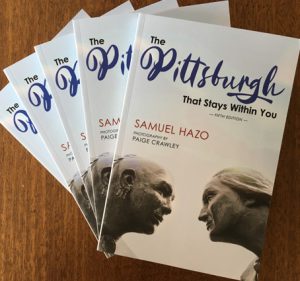 Thanks to a generous grant from The H. Glenn Sample Jr. MD Memorial Foundation, PHLF has copies of The Pittsburgh That Stays Within You, by Samuel Hazo, to distribute to educational institutions, libraries, historical sites, and nonprofit organizations. A distinguished poet, author, and professor, Mr. Hazo was the founder and director of the International Poetry Forum in Pittsburgh from 1966 to 2009. This collector’s edition includes five essays by Samuel Hazo, written in 1986, 1992, 1998, 2003, and 2017, and photographs by 16-year-old Paige Crawley.
Thanks to a generous grant from The H. Glenn Sample Jr. MD Memorial Foundation, PHLF has copies of The Pittsburgh That Stays Within You, by Samuel Hazo, to distribute to educational institutions, libraries, historical sites, and nonprofit organizations. A distinguished poet, author, and professor, Mr. Hazo was the founder and director of the International Poetry Forum in Pittsburgh from 1966 to 2009. This collector’s edition includes five essays by Samuel Hazo, written in 1986, 1992, 1998, 2003, and 2017, and photographs by 16-year-old Paige Crawley.Following the book’s release this fall, PHLF has distributed more than 600 books to more than 30 organizations, including the Carnegie Libraries of Pittsburgh, Allegheny County libraries, regional university libraries, public and parochial schools, community development professionals, the City of Pittsburgh, and Allegheny County Bar Association.
Please contact Louise Sturgess, PHLF’s Executive Director, with your request if you are interested in receiving books to use for educational purposes: louise@phlf.org; 412-471-5808, ext. 536. We are happy to honor requests while supplies last.

